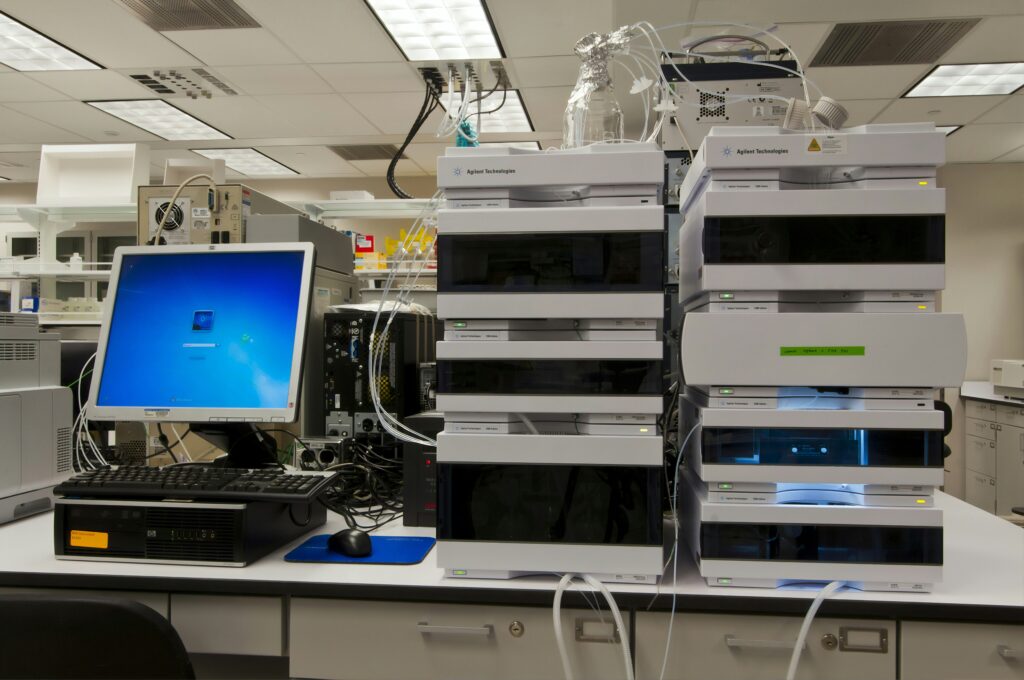
Imagine watching a favorite movie when suddenly the sound stops. The data representing the audio is missing. All that’s left are images. What if artificial intelligence (AI) could analyze each frame of the video and provide the audio automatically based on the pictures, reading lips and noting each time a foot hits the ground?
This is the concept behind a new AI technology that fills in missing data about plasma, the fuel of fusion energy systems. Developed by a team led by Azarakhsh Jalalvand of Princeton University, the AI, known as Diag2Diag, was recently detailed in a paper published in Nature Communications. “We have found a way to take the data from a bunch of sensors in a system and generate a synthetic version of the data for a different kind of sensor in that system,” Jalalvand explained. The synthetic data aligns with real-world data and is more detailed than what an actual sensor could provide, potentially increasing the robustness of control while reducing the complexity and cost of future fusion systems.
International Collaboration and Research
The research is the result of an international collaboration between scientists at Princeton University, the U.S. Department of Energy’s (DOE) Princeton Plasma Physics Laboratory (PPPL), Chung-Ang University, Columbia University, and Seoul National University. All sensor data used in the research to develop the AI was gathered from experiments at the DIII-D National Fusion Facility, a DOE user facility.
The new AI enhances the way scientists can monitor and control the plasma inside a fusion system and could help ensure that future commercial fusion systems provide a reliable source of electricity. “Fusion devices today are all experimental laboratory machines, so if something happens to a sensor, the worst thing that can happen is that we lose time before we can restart the experiment. But if we are thinking about fusion as a source of energy, it needs to work 24/7, without interruption,” Jalalvand said.
AI’s Role in Compact and Economical Fusion Systems
The name Diag2Diag originates from the word “diagnostic,” which refers to techniques used to analyze plasma, including sensors that measure it. Diagnostics take measurements at regular intervals, often as fast as a fraction of a second apart. However, some do not measure the plasma often enough to detect particularly fast-evolving plasma instabilities, which can make it hard to produce power reliably.
There are many diagnostics in a fusion system that measure different characteristics of the plasma. Thomson scattering, for example, is a diagnostic technique used in doughnut-shaped fusion systems called tokamaks. It measures the temperature of electrons and their density. Although it takes measurements quickly, it does not provide the detailed information plasma physicists need to keep the plasma stable and at peak performance.
“Diag2Diag is kind of giving your diagnostics a boost without spending hardware money,” said Egemen Kolemen, principal investigator of the research, who is jointly appointed at PPPL and Princeton University’s Andlinger Center for Energy and the Environment and the Department of Mechanical and Aerospace Engineering.
This enhancement is particularly important for Thomson scattering because other diagnostics cannot take measurements at the edge of the plasma, known as the pedestal. Monitoring the pedestal is crucial for enhancing plasma performance and learning the best ways to maximize energy output from the fusion reaction efficiently.
PPPL’s Leadership in AI and Fusion Research
PPPL Staff Research Scientist SangKyeun Kim, who was part of the Diag2Diag research team, noted that the AI moves the U.S. toward making fusion energy both economical and reliable. “Today’s experimental tokamaks have a lot of diagnostics, but future commercial systems will likely need to have far fewer,” Kim said. “This will help make fusion reactors more compact by minimizing components not directly involved in producing energy.” Fewer diagnostics also free up valuable space inside the machine, simplifying the system and making it more robust and reliable, with fewer chances for error, and lowering maintenance costs.
The research team also discovered that the AI data supports a leading theory about how one method for stopping plasma disruptions works. Fusion scientists worldwide are working on ways to control edge-localized modes (ELMs), powerful energy bursts in fusion reactors that can severely damage the reactor’s inner walls. One promising method to stop ELMs involves applying resonant magnetic perturbations (RMPs): small changes made to the magnetic fields used to hold a plasma inside a tokamak.
“Due to the limitation of the Thomson diagnostic, we cannot normally observe this flattening,” said PPPL Principal Research Scientist Qiming Hu, who also worked on the project. “Diag2Diag provided much more details on how this happens and how it evolves.”
While magnetic islands can lead to ELMs, a growing body of research suggests they can also be fine-tuned using RMPs to improve plasma stability. Diag2Diag generated data that provided new evidence of this simultaneous flattening of both temperature and density in the pedestal region of the plasma, strongly supporting the magnetic island theory for ELM suppression. Understanding this mechanism is crucial for the development of commercial fusion reactors.
Future Applications and Support
The scientists are already pursuing plans to expand the scope of Diag2Diag. Kolemen noted that several researchers have expressed interest in trying the AI. “Diag2Diag could be applied to other fusion diagnostics and is broadly applicable to other fields where diagnostic data is missing or limited,” he said.
This research was supported by the DOE under awards DE-FC02-04ER54698, DE-SC0022270, DE-SC0022272, DE-SC0024527, DE-SC0020413, DE-SC0015480, and DE-SC0024626, as well as the National Research Foundation of Korea award RS-2024-00346024 funded by the Korean government (MSIT). The authors also received financial support from the Princeton Laboratory for Artificial Intelligence under award 2025-97.
PPPL is mastering the art of using plasma — the fourth state of matter — to solve some of the world’s toughest science and technology challenges. Nestled on Princeton University’s Forrestal Campus in Plainsboro, New Jersey, the laboratory’s research ignites innovation in a range of applications, including fusion energy, nanoscale fabrication, quantum materials and devices, and sustainability science. The University manages the Laboratory for the U.S. Department of Energy’s Office of Science, the nation’s single largest supporter of basic research in the physical sciences.







